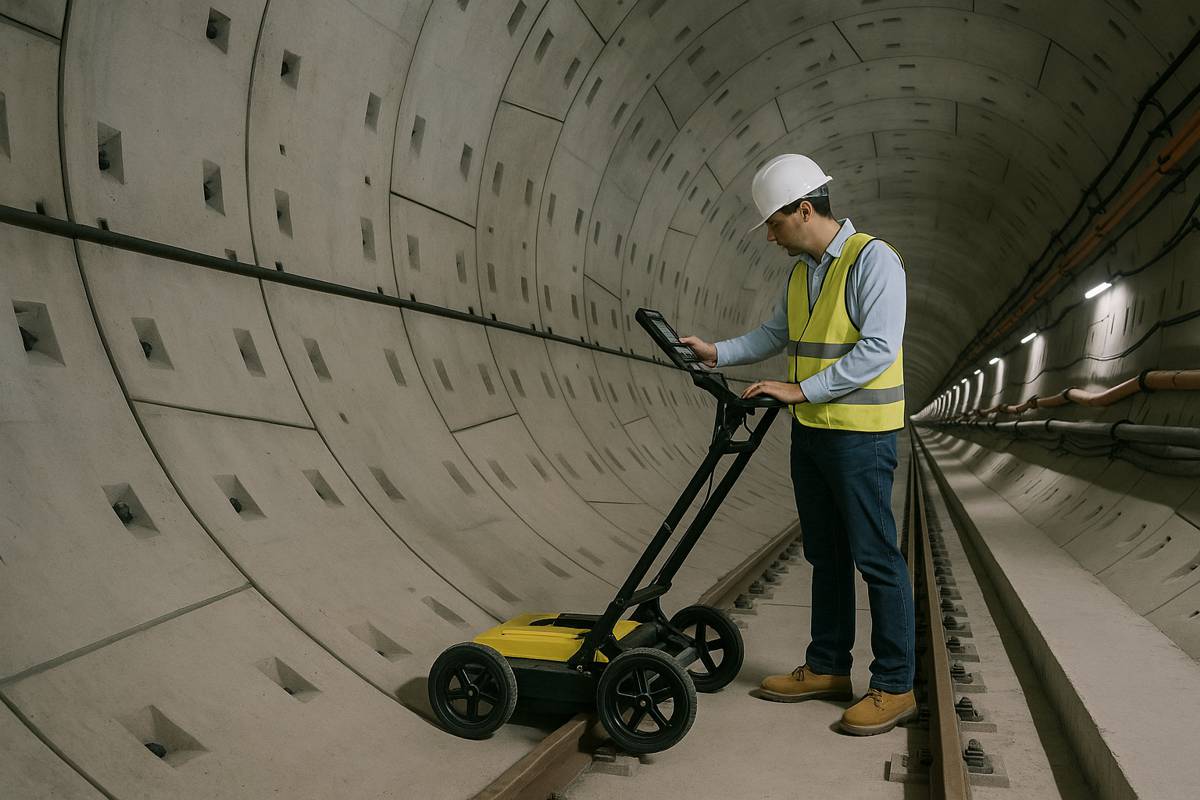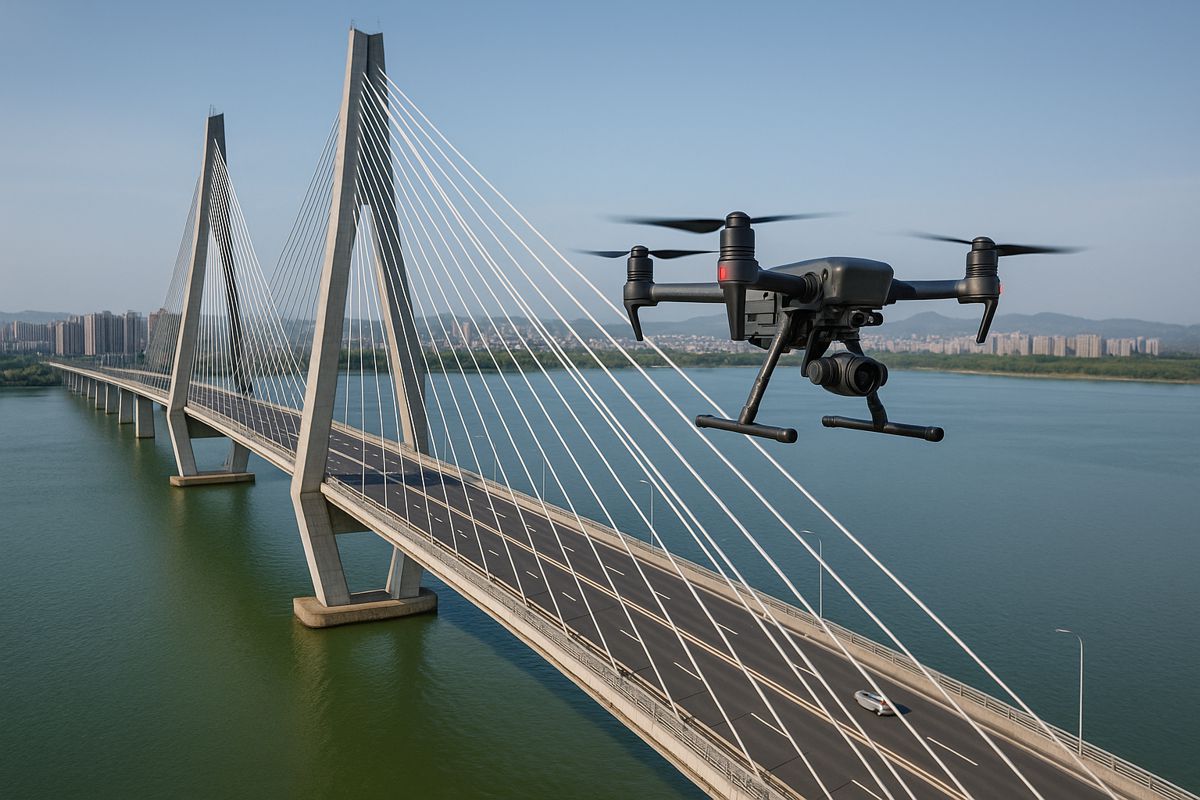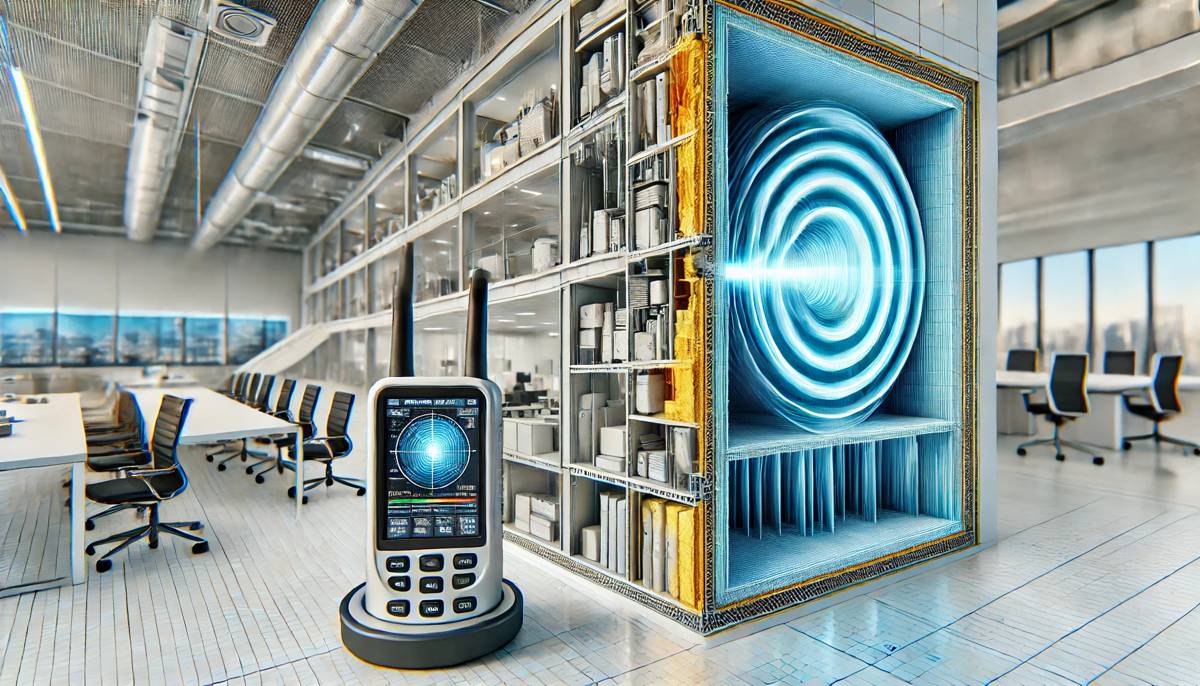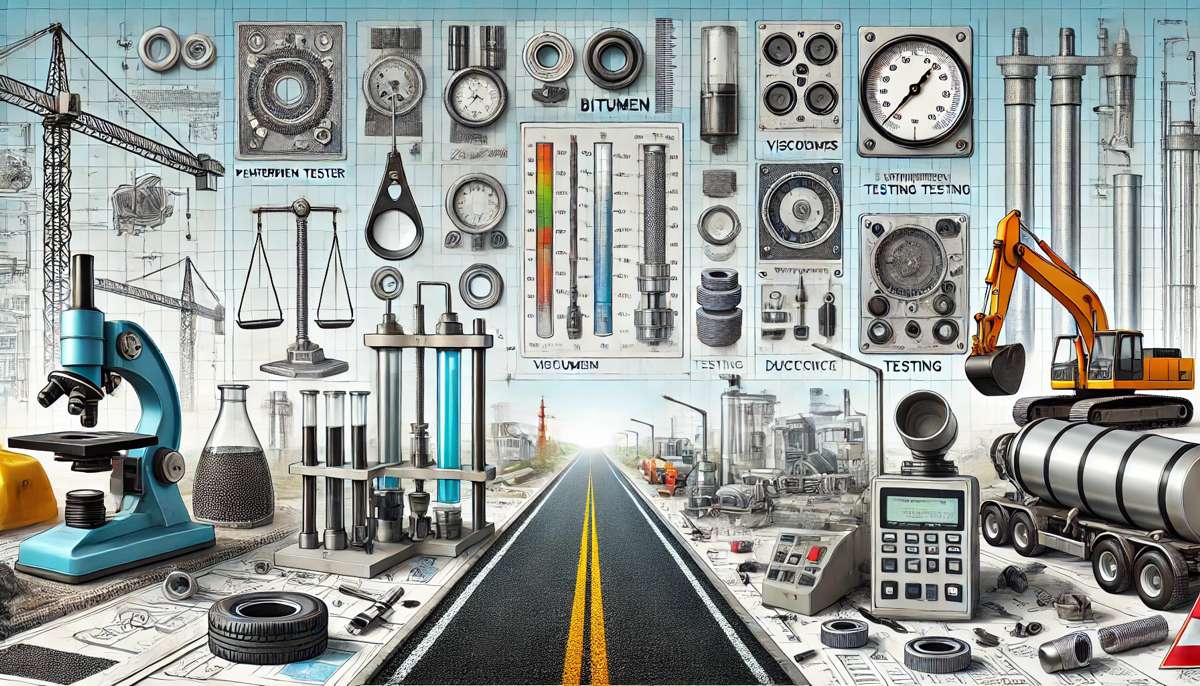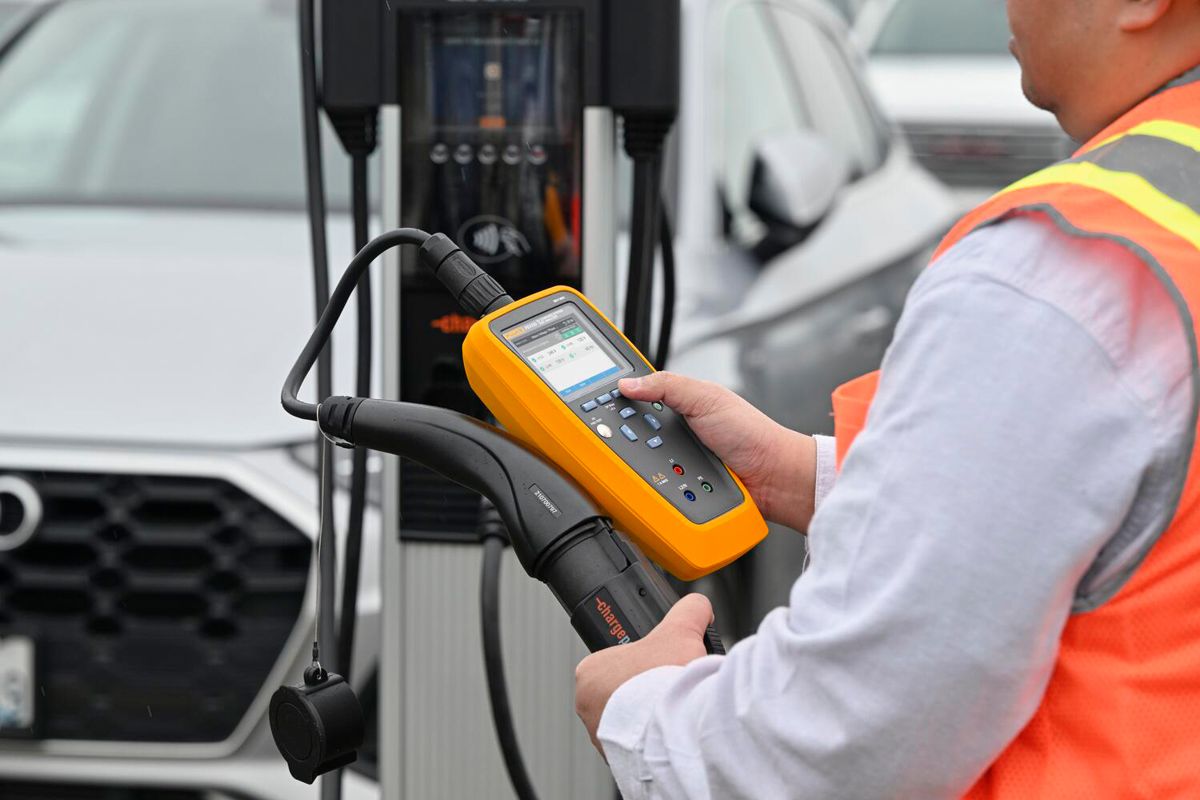Cutting-Edge Lens Testing Equipment Critical for Optical Product Innovation
From the lenses in your smartphone’s camera to precision optics in surgical microscopes, optical products quietly shape the way we see and interact with the world.
As industries like eyewear, medical devices, and optoelectronics advance, the demand for precision-engineered optical components has skyrocketed. These products not only power our technology but ensure life-saving accuracy in fields like healthcare and defence.
Yet, behind every high-performance lens is a rigorous testing process. Reliable testing methods are the foundation of optical innovation, ensuring each product meets strict quality standards while pushing the boundaries of what’s technologically possible. As cutting-edge industries race to develop more complex optical systems, advanced lens testing equipment has emerged as a critical factor, elevating precision, safety, and efficiency.
What is Lens Testing?
Lens testing is the process of evaluating the optical and physical properties of lenses to ensure their performance meets design specifications and regulatory requirements. It involves precise measurement of parameters such as power accuracy, aberrations, surface quality, and transmittance using specialized equipment.
Why is Lens Testing Vital for Optical Product Development?
In the competitive world of optical manufacturing, testing is more than a box to check—it’s a critical step that bridges concept to reality. Lens testing ensures that products meet both functional and safety expectations. Without it, manufacturers risk distributing lenses that distort vision, reduce efficiency, or fail entirely under demanding conditions.
At its core, lens testing directly impacts:
- Product performance: Accurate lenses mean better image clarity, optical efficiency, and end-user satisfaction.
- Regulatory compliance: Industries like medical devices and aerospace face strict certification standards. Testing helps avoid costly non-compliance issues.
- Customer trust: Consistent quality fosters long-term client relationships and brand reputation.
- Faster innovation cycles: By quickly identifying defects or deviations early in the design and production stages, companies can iterate faster and bring new products to market sooner.
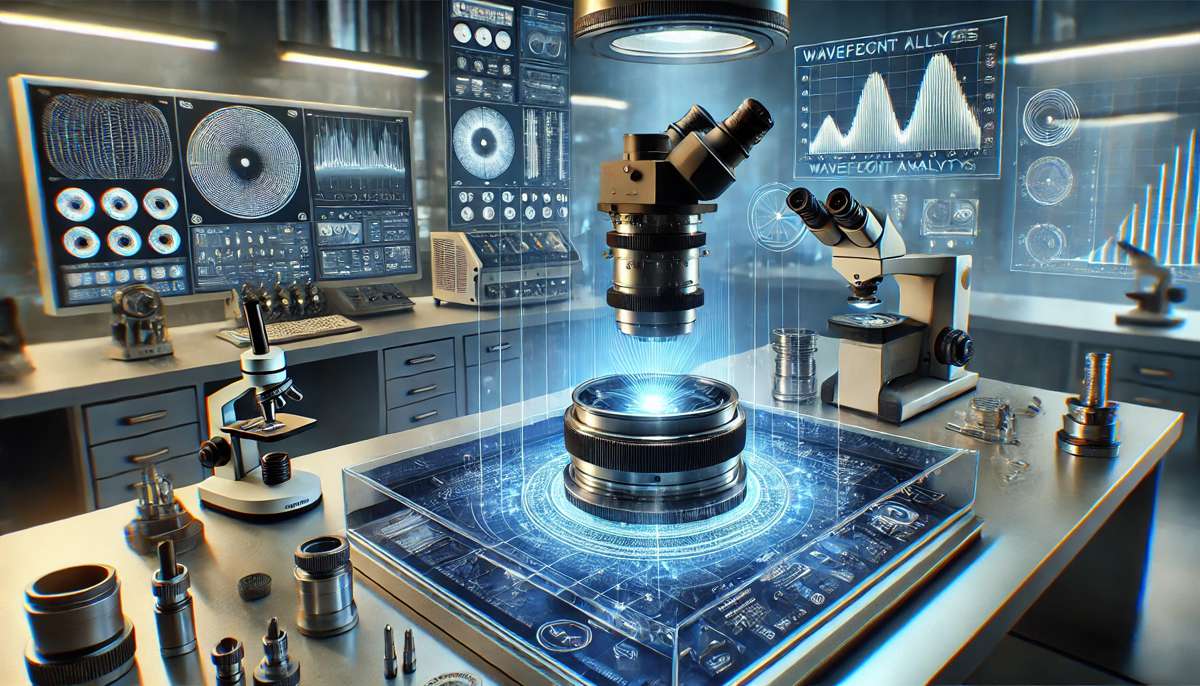
What are the Main Types of Lens Testing Equipment?
A wide range of sophisticated tools are used to test lenses. Each device provides unique insights into the lens’s optical behavior and physical integrity.
- Lensometers: Measure the optical power of lenses and verify prescriptions.
- Interferometers: Analyze surface flatness and wavefront distortions using light interference patterns.
- Spectrophotometers: Measure how much light a lens transmits or absorbs at different wavelengths.
- Wavefront Aberrometers: Assess higher-order aberrations by examining how light waves are altered as they pass through the lens.
- Surface Profilometers: Provide highly detailed 3D maps of a lens’s surface topography.
Lensometers
Basic working principle: Lensometers project a light beam through a lens and measure how the lens alters the beam’s path, determining its optical power.
Applications: Commonly used in ophthalmic labs and optical shops to verify corrective lenses before dispensing to patients.
Pros & cons:
- Easy to use and quick
- Essential for prescription validation
- Limited to spherical and cylindrical power measurement
- Cannot assess surface irregularities or advanced optical properties
Interferometers
Basic working principle: Interferometers split a beam of light, sending it along different paths. When the beams recombine, their interference pattern reveals deviations on the lens surface.
Applications: Critical in high-precision industries such as aerospace optics and scientific research where surface perfection is key.
Pros & cons:
- Extremely precise for surface flatness and wavefront error
- Non-contact measurement
- Expensive
- Sensitive to environmental vibrations and temperature changes
Spectrophotometers
Basic working principle: These devices shine light across various wavelengths through the lens and measure absorption and transmission rates.
Applications: Used to verify UV protection, anti-reflective coatings, and light filtering capabilities.
Pros & cons:
- Versatile across industries
- Can test multiple lens coatings and materials
- Calibration can be complex
- Limited in surface profile analysis
Wavefront Aberrometers
Basic working principle: Aberrometers project light into a lens or eye and measure distortions in the outgoing wavefront, identifying both low- and high-order aberrations.
Applications: Vital in ophthalmology for advanced eye diagnostics and in R&D for freeform and aspheric lenses.
Pros & cons:
- Detects subtle optical imperfections
- Supports custom lens design
- Costly for small labs
- Requires skilled operators for accurate interpretation
Surface Profilometers
Basic working principle: Profilometers scan the lens surface using either contact or non-contact methods (e.g., laser scanning) to map topography.
Applications: Commonly used in manufacturing settings to ensure surface roughness and geometries meet specifications.
Pros & cons:
- Detailed surface measurements
- Can detect minute surface defects
- Some models risk scratching lenses (contact types)
- Limited optical property testing
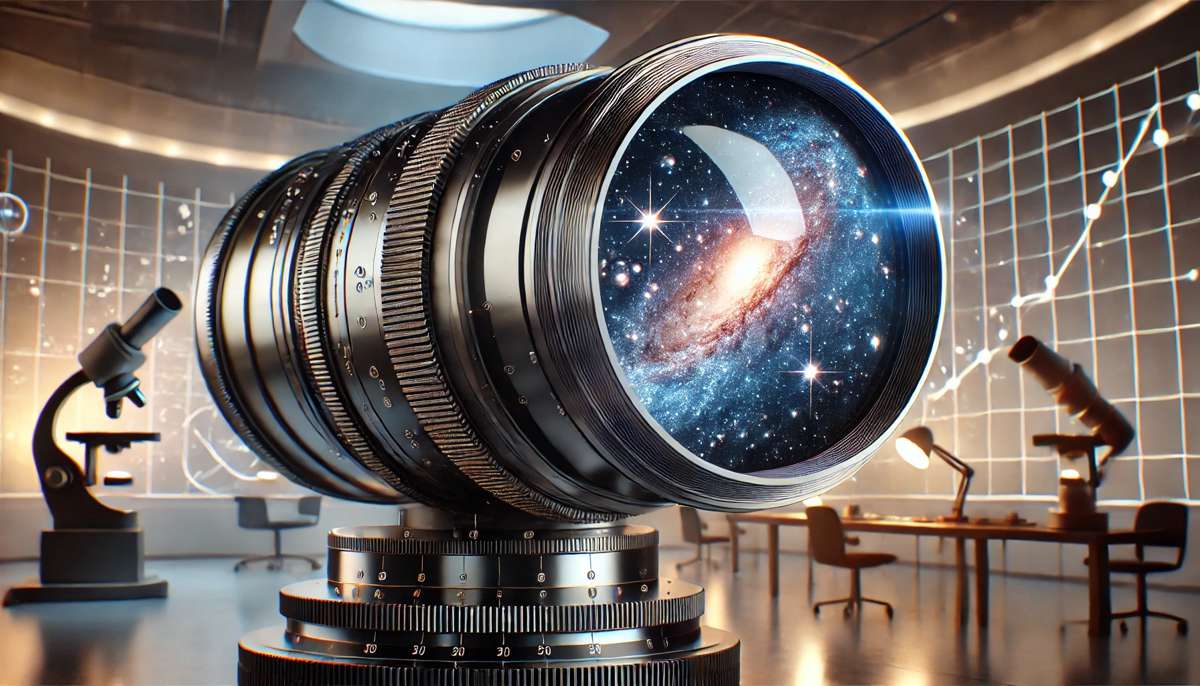
How Does Lens Testing Equipment Work?
While each device has a unique approach, most lens testing tools share several core operational principles designed to capture precise data on lens behavior.
Across the board, lens testing equipment typically involves:
- Light projection through or onto the lens
- Measurement of light refraction, reflection, or transmission
- Surface scanning and analysis
- Data capture for review and reporting
Key processes include:
- Light projection & measurement: Tools like lensometers and spectrophotometers assess how light is modified by the lens.
- Wavefront analysis: Aberrometers detect distortions in the light wavefront, pinpointing aberrations.
- Surface profiling: Profilometers and interferometers scan the surface to reveal physical defects or irregularities.
- Optical power determination: Ensures lenses meet their designed optical strength, vital in prescription and industrial applications.
What Parameters Are Measured When Testing Optical Lenses?
Every optical lens undergoes evaluation against a range of measurable parameters to ensure it meets technical and functional requirements. These measurements help manufacturers validate both optical performance and physical durability.
Key parameters include:
- Refractive index: Determines how much light bends when entering the lens.
- Spherical and cylindrical power: Assesses the lens’s ability to correct refractive errors such as myopia or astigmatism.
- Optical aberrations: Measures distortions like spherical aberration, coma, or astigmatism that can degrade image quality.
- Surface roughness: Evaluates micro-level imperfections that could scatter light or weaken coatings.
- Transmittance and reflectance: Checks how much light passes through versus how much reflects off the surface.
- Coating quality: Ensures anti-reflective, UV, or scratch-resistant coatings are properly applied and effective.
What Are Acceptable Tolerances for Lens Testing in Optics?
Precision is non-negotiable in optics. The slightest deviation can lead to performance issues, especially in sensitive applications like medical imaging or laser optics.
Common industry tolerances include:
- Power accuracy: For ophthalmic lenses, power must typically fall within ±0.12 diopters (D) of the prescribed value.
- Surface irregularities: Acceptable limits vary, but high-precision lenses may require flatness within a few nanometers (nm) to a few microns, depending on application.
- Wavefront error tolerances: In high-end applications, RMS (root mean square) wavefront error must often stay under λ/10, where λ is the wavelength of the test light.
What Types of Lenses Require Testing?
Lens testing is not confined to a single sector—it spans industries that depend on precise optics for a range of applications.
- Ophthalmic lenses: Essential for vision correction; must meet tight tolerances to ensure eye safety and clarity.
- Camera and imaging lenses: Used in everything from smartphone cameras to high-end photography equipment, demanding both optical sharpness and durability.
- Laser optics: Critical in laser cutting, medical lasers, and scientific equipment where beam quality depends on flawless lenses.
- Industrial and scientific lenses: Deployed in tools like microscopes, spectrometers, and machine vision systems.
- VR/AR lenses: Require testing to minimize distortion and maximize user comfort in virtual and augmented reality headsets.
- Aerospace and defence optics: Employed in surveillance, targeting systems, and satellite imaging where reliability under extreme conditions is paramount.

How Does Advanced Testing Equipment Improve Lens Innovation?
Advanced lens testing equipment doesn’t just catch defects—it accelerates innovation cycles across optical industries. By integrating cutting-edge tools, manufacturers gain the ability to fine-tune designs and achieve higher performance standards faster.
Benefits include:
- Enhancing product precision: Detecting microscopic defects and optical distortions enables manufacturers to deliver flawless products.
- Enabling the use of advanced materials: As new materials like high-index plastics or hybrid composites become popular, testing equipment ensures they meet performance expectations.
- Facilitating complex lens geometries: Freeform and aspheric lenses, with their intricate surfaces, are more easily validated using high-resolution testing tools.
- Speeding up prototyping and iteration: Rapid feedback on new designs shortens R&D cycles and speeds time-to-market for innovative optical products.
What Industries Rely on Advanced Lens Testing Equipment?
Lens testing equipment is a critical asset across industries where optical performance directly impacts product functionality and user experience.
- Eyewear and vision care: From prescription glasses to sports goggles, lens testing guarantees user safety and visual clarity.
- Medical devices: Equipment like endoscopes and surgical microscopes rely on tested optics to ensure accurate diagnostics and procedures.
- Automotive: Advanced driver-assistance systems (ADAS) and LiDAR sensors depend on precise optics for safe vehicle operation.
- Aerospace and defense: Military-grade lenses for targeting, surveillance, and navigation require robust testing for mission-critical reliability.
- Consumer electronics: Smartphone cameras, AR/VR headsets, and binoculars use lens testing to maintain image quality and user satisfaction.
- Scientific research: Telescopes, laboratory microscopes, and spectrometers need defect-free optics to ensure research accuracy.
- Industrial manufacturing: Laser cutting, welding, and machine vision systems integrate tested lenses for production efficiency and quality control.
What are the Key Features to Look for in Modern Lens Testing Equipment?
When selecting lens testing equipment, manufacturers and labs must look beyond basic functionality to features that ensure long-term accuracy, flexibility, and productivity.
- Automation and software integration: Streamlines testing processes and reduces human error.
- High resolution and accuracy: Critical for detecting sub-micron surface deviations and subtle optical imperfections.
- Multi-parameter testing capability: Allows for simultaneous evaluation of optical power, aberrations, surface quality, and transmittance.
- Compatibility with different lens shapes and materials: Supports both conventional and freeform optics made from glass, polymers, or composites.
- User-friendly interface: Reduces training time and improves workflow efficiency.
- Robust data logging and analytics tools: Facilitates traceability, reporting, and process optimization.
What are the Common Challenges in Lens Testing and How to Overcome Them?
While modern testing tools are highly advanced, manufacturers still face common challenges. Each can be mitigated with proactive strategies.
- Handling and alignment errors
Solution: Implement strict handling protocols and use precision mounts to reduce misalignment.
- Calibration drift
Solution: Schedule regular calibration checks using certified standards to maintain accuracy.
- Environmental factors (e.g., temperature, vibration)
Solution: Conduct tests in climate-controlled, vibration-isolated environments.
- Testing limitations for unconventional lens shapes
Solution: Invest in versatile equipment with multi-axis measurement systems and software adaptable to non-standard geometries.
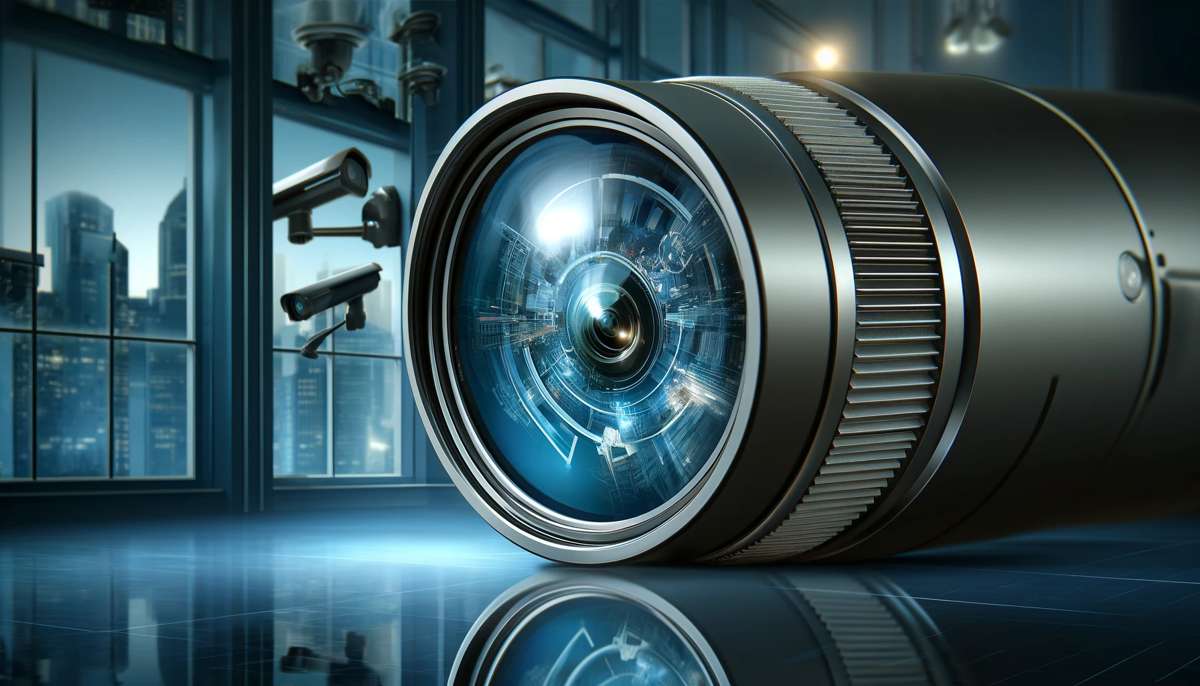
What are the Latest Innovations in Lens Testing Technology?
The evolution of lens testing equipment is fueled by the need for higher accuracy, faster production cycles, and smarter data handling. Modern advancements are reshaping how manufacturers approach optical quality control.
Some of the most significant trends include:
- AI-driven testing and defect recognition: Artificial intelligence algorithms now assist in analyzing complex data sets, automatically identifying patterns and surface defects that traditional methods might miss.
- Non-contact and non-destructive testing methods: Laser-based and interferometric techniques reduce the risk of damaging delicate lenses, especially in the production of freeform and ultra-thin optics.
- Real-time testing during manufacturing (inline metrology): Integrating testing tools directly into production lines enables manufacturers to catch defects instantly, reducing waste and rework costs.
- Adaptive optics for high-precision calibration: Adaptive systems adjust to environmental changes or optical variances in real time, increasing measurement reliability.
- Cloud-based data management and remote testing: Cloud platforms allow global teams to collaborate on test data, share reports instantly, and even conduct remote diagnostics on testing equipment.
How Does Accurate Lens Testing Impact Product Lifespan and Performance?
Accurate lens testing influences more than just immediate product quality; it plays a pivotal role in long-term product success.
- Lens durability: Identifying surface or material weaknesses early helps prevent premature wear, especially in high-stress environments like aerospace or industrial manufacturing.
- Long-term optical performance: A precisely tested lens retains its optical fidelity over time, maintaining clarity and focus under various operating conditions.
- Reduced warranty costs: By minimizing defects, companies can lower returns, warranty claims, and repair costs.
- Enhanced user safety and satisfaction: Especially in sectors like healthcare and automotive, well-tested optics reduce the risk of operational failures, ensuring user protection and brand credibility.
What are the Cost Considerations for Acquiring Cutting-Edge Lens Testing Equipment?
Investing in advanced lens testing equipment involves several factors that influence the overall budget. The right balance between cost and capability depends on specific business needs and production scales.
Primary cost factors include:
- Equipment type and brand: Interferometers or wavefront aberrometers typically cost more than basic lensometers or profilometers.
- Level of automation: Automated, fully integrated systems with AI-driven analysis tend to be more expensive but offer long-term labour savings.
- Customization and add-ons: Features like multi-sensor configurations or compatibility with unusual lens geometries can add to the base cost.
- Maintenance and calibration needs: High-precision systems often require specialized upkeep, influencing long-term ownership costs.
- Training requirements: Advanced equipment may necessitate operator training programs, contributing to the total investment.
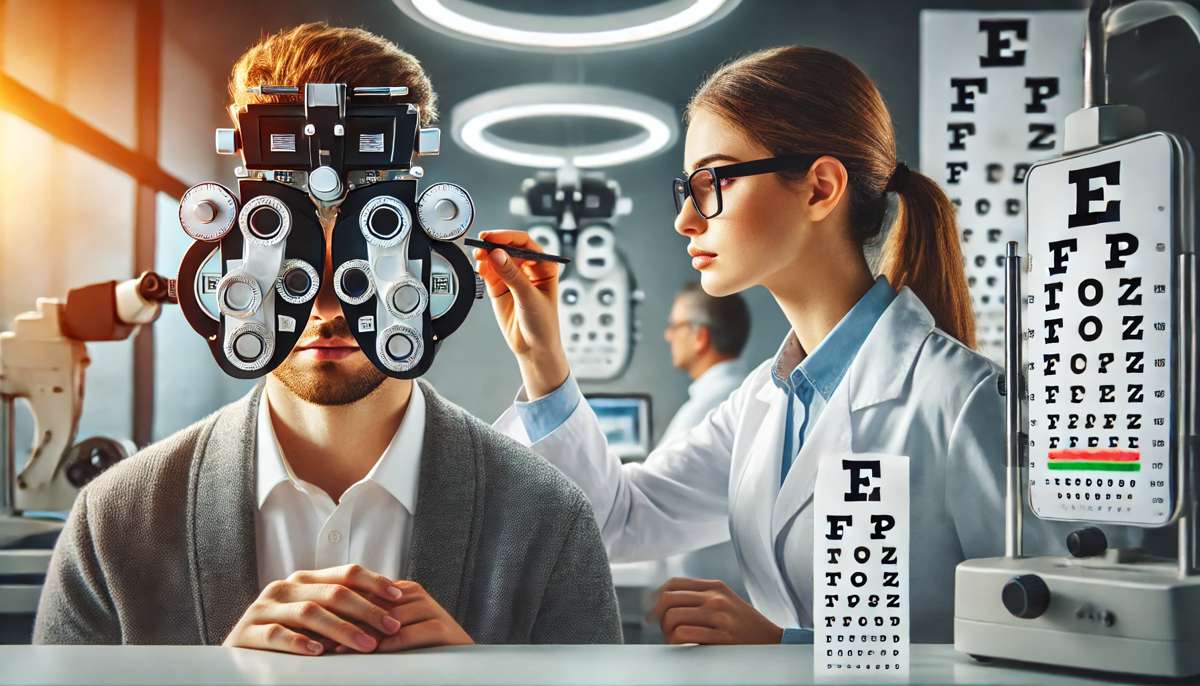
What are the Best Practices for Lens Testing in Optical Manufacturing?
Consistently producing high-quality lenses requires more than just the right equipment. Manufacturers should implement strict best practices to optimize results.
- Regular calibration of equipment: Maintain accuracy by scheduling periodic calibrations with certified reference standards.
- Cleanroom or controlled environment use: Minimize contamination risks by testing in dust-free, temperature-regulated spaces.
- Proper lens handling techniques: Train staff to handle lenses with specialized tools and gloves to avoid scratches or smudges.
- Consistent documentation and reporting: Create detailed records of testing results to ensure traceability and support compliance audits.
- Staff training and certification: Ensure operators are certified and trained to use advanced testing tools effectively.
What are Alternative Methods or Tools for Lens Quality Control?
While advanced testing equipment provides in-depth analysis, there are alternative tools and techniques available—often used as supplementary methods.
- Manual inspection techniques: Skilled inspectors use magnifiers or microscopes to spot visible defects.
Comparison: Lower cost, but less consistent and limited in detecting micro-level defects.
- Contact-based profilometry: Uses a stylus to physically trace the lens surface.
Comparison: Accurate for certain applications but can risk surface damage and is slower than non-contact alternatives.
- Visual acuity tests (for ophthalmic lenses): End-user testing via eye charts or digital devices to assess practical lens performance.
Comparison: Focused on human factors rather than optical measurements; complements lab testing.
- Retro-reflective testing: Evaluates light reflectance characteristics, often used in automotive and safety optics.
Comparison: Good for niche applications but limited in providing full optical performance data.

Precision is Non-negotiable
Advanced lens testing is the unsung hero behind every high-performing optical product. From perfecting ophthalmic lenses to refining aerospace-grade optics, cutting-edge testing equipment ensures that each lens not only meets industry standards but exceeds expectations.
In today’s competitive landscape, the ability to accelerate innovation while reducing risk gives manufacturers a clear edge. By investing in modern testing technologies, companies unlock faster development cycles, higher customer satisfaction, and a measurable return on investment.
When optics define vision—literally and figuratively—precision is non-negotiable. The future of optical innovation rests on the shoulders of those willing to prioritize quality at every stage of production.









